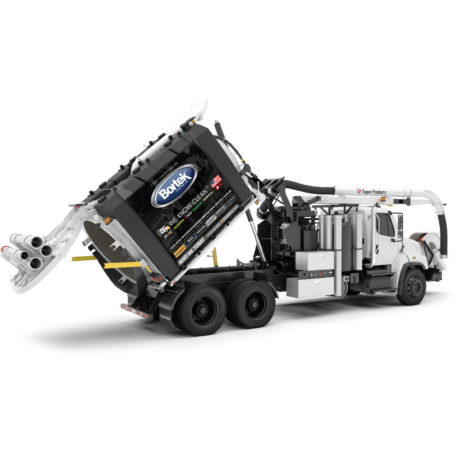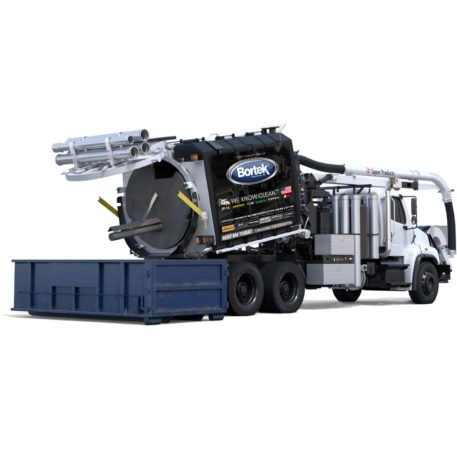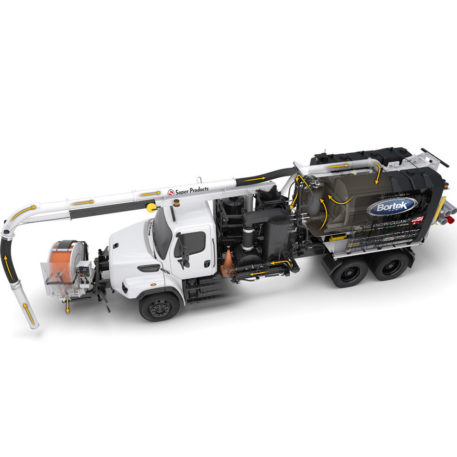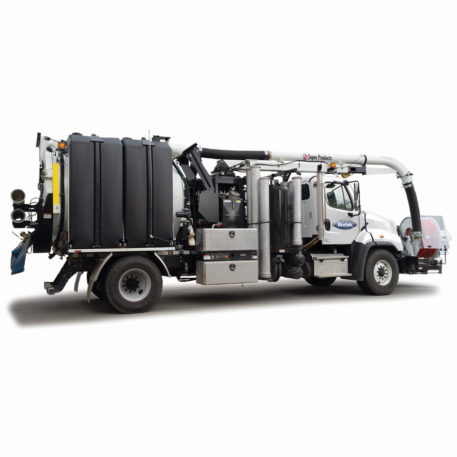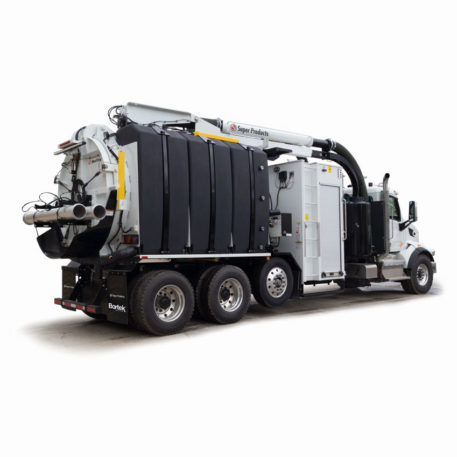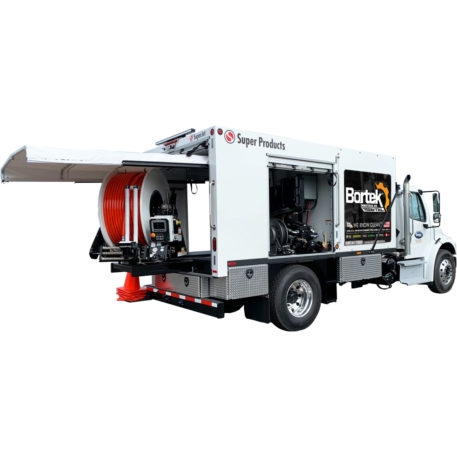
Let it Flow | About the Sewer Systems
Sewer Jetting & Cleaning
Let’s talk about sewage for a second. It’s easy to take sewers for granted as is the maintenance that goes into them to ensure they function properly. The main types of city sewers are sanitary and storm systems. A rather intelligent design. Storm sewers are essentially responsible for collecting and transporting rain water from the streets and runoff from properties. The sanitary sewer systems are responsible for the transportation of waste that’s drained from sinks & bathtubs/showers and, of course, waste that’s flushed down the toilet. Sanitary sewers lead to water treatment plants while storm sewer systems go to a river or other body of water.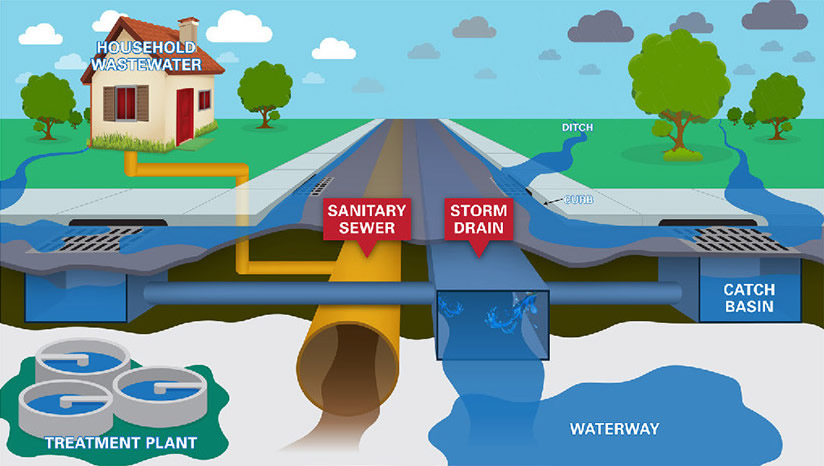
The main problem with sewers is that they get blocked, if left unattended. The cause of the blockages may vary but the end result is the same– overflowing sewage systems. With storm sewers, they rely on gravity and easements to bring rainwater to the catch basins. Thing is, that usually means that this stream of rainwater traveling to the basin will pick up motor oil, litter and debris on its way, resulting in that debris being flushed into the storm sewer systems, ultimately leading to blockages. Ever see an area around a storm basin that’s totally flooded? Yep, that’s why that happens. The water has nowhere else to go.
Blockages in storm sewers tend to occur more often in the fall and winter. Fall, because of the excess of leaves that fall and find their way into our streets, despite the best efforts. Winter, because there’s typically snow and ice to deal with, which, to combat those elements, the roads and walkways are salted. Road salt has small rocks mixed in to assist with grip, and when the ice/snow melts, it washed these small rocks (as well as the usual street litter and debris) into our sewer system. Street sweeping efforts can help mitigate those types of blockages but with extreme cold weather, street sweeping operations tend to slow down and even stop altogether.
As for sanitary sewers, blockages tend to be more preventable by the public. A lot of things, that should never be flushed down a toilet or put into a drain, are. Paper towels, wipes, feminine hygiene products, dental floss, rags, diapers, pills, cigarette butts, cooking grease or animal fats… really, the list goes on and on. Essentially, if it can fit into a toilet or drain, someone, somewhere has put it into their drains or flushed it.. or tried to. Same goes for putting things into sink drains. The only things that should enter the sanitary sewer system are human waste, toilet paper, water, and approved “garbage disposal” foods.
JETTING & CLEANING SEWER LINES | PREVENTING BLOCKAGES
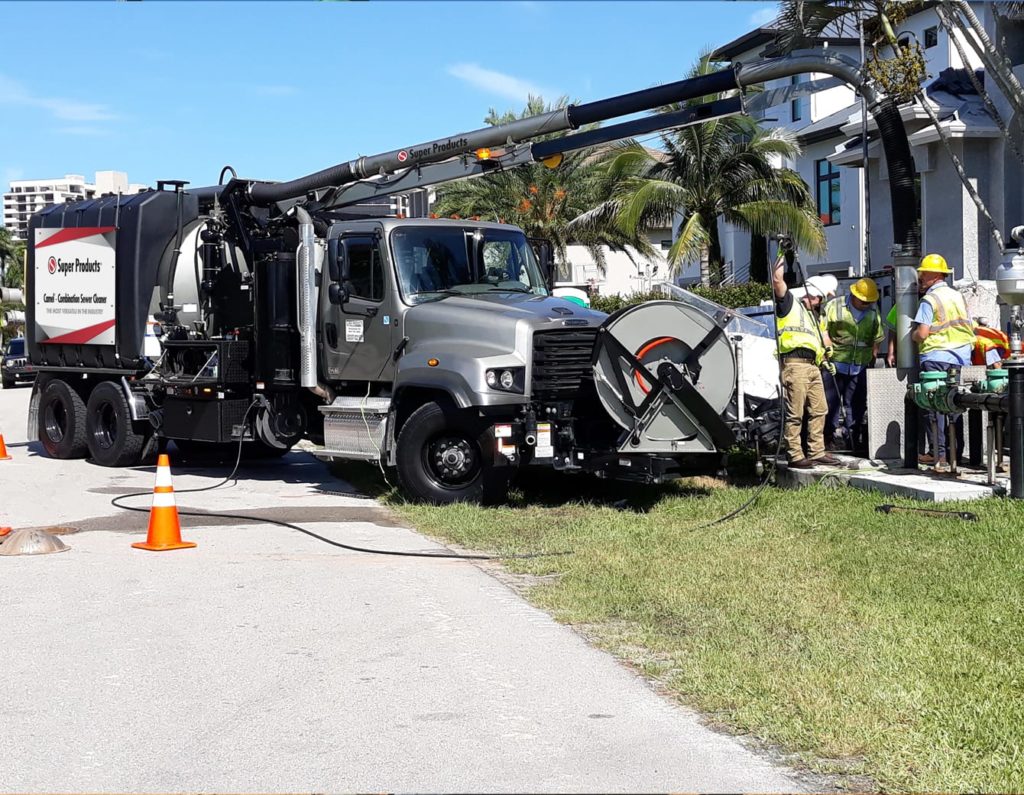
Woo! That’s a lot of information in a short amount of time. So consider the potential and actual blockages that occur and consider how large our sewer system infrastructure is. That’s a whole lot of cleaning and maintenance that has to happen to keep things flowing as they should. That’s where sewer jetting trucks come in, like the Camel Max Series 1200 Sewer Truck.
These trucks make their way around their areas of operation and “jet” the sewer lines to ensure they remain clear of debris, preventing blockages and costly repairs that are required if they’re left unaddressed. These teams keep things flowing smoothly, if you will. This means they’ll take the hose reel tip off the truck, attach a Sewer Cleaning Nozzle (or other, required type of nozzle), guide it into the sewer line, set the vac boom into place, and blast through the sewer line, clearing any blockages and sucking the debris safely into the debris tank that’s mounted on their truck (which will be properly emptied into designated disposal sites). Jetting and vacuuming may not always be done simultaneously, sometimes a blockage/cleaning just requires one or the other– the situation is assessed on-site and action is taken on a case by case basis.
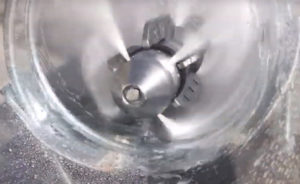 Can we talk about these nozzles for a second? If you’re new to these things, it’s easy to just see a hunk of metal that shoots water out of it. Which.. I mean.. they kind of are, if you oversimplify it, but there’s so much more to these awesome tools. The sheer water-pressured power these nozzles can produce is remarkable. And the types of nozzles that utilize this power are pretty incredible too. They blast through blockages, drag debris into a massive vacuum,tear roots that have invaded sewer lines to shreds, clear the bottoms of sewer lines, and even pressure wash the entire tunnel of larger sewer systems. If you have a second, just check out some of our USB-USA Sewer Cleaning Nozzle pages and take a look at the videos on the pages there. They’re a very effective and clever way of maintaining the efficiency of our sewer systems.
Can we talk about these nozzles for a second? If you’re new to these things, it’s easy to just see a hunk of metal that shoots water out of it. Which.. I mean.. they kind of are, if you oversimplify it, but there’s so much more to these awesome tools. The sheer water-pressured power these nozzles can produce is remarkable. And the types of nozzles that utilize this power are pretty incredible too. They blast through blockages, drag debris into a massive vacuum,tear roots that have invaded sewer lines to shreds, clear the bottoms of sewer lines, and even pressure wash the entire tunnel of larger sewer systems. If you have a second, just check out some of our USB-USA Sewer Cleaning Nozzle pages and take a look at the videos on the pages there. They’re a very effective and clever way of maintaining the efficiency of our sewer systems.
At any rate, while these sewer maintenance crews have designated schedules to follow, most townships and cities have emergency phone numbers that the public can contact should they see a problem. They can’t be everywhere at once so it’s extremely helpful when the public reports legitimate problems that they may not be aware of. Problems like overflowing sewage, clogged storm sewer drains, etc. Depending on the concern, a crew will be dispatched to address the problem.
BENEFITS OF SEWER CLEANING & HYDRO-JETTING
Let’s get the obvious ones out of the way. Regular cleaning of our sewers allows for the process of managing stormwater and sanitary wastes properly and safely. In an ideal world, rainwater goes to the proper bodies of water with no polluting effects while sanitary sewers carry human waste to water treatment plants. When sanitary sewer systems are properly maintained, sewage backups simply shouldn’t happen– which I think I can accurately say that nobody wants to witness that happening. When storm sewers are maintained properly, aside from flowing to to their intended destinations without issue, a nice side effect of that going off without a hitch is that, when it rains, the roads won’t flood and are easier and safer to travel on. Maintaining these systems and ensuring they’re clear also helps avoid extremely costly and time-consuming repairs or sewer line replacement.
Do you have questions? Interested in our Jet/Vac Sewer Cleaning Trucks? Contact us today and let’s get your Sewer Cleaning & Maintenance Program squared away!
NEW JET/VAC TRUCKS | JET/VAC TRUCK RENTAL
Spotlight Sewer Cleaning Solutions
-
The Super Products Camel Max 1200 Series is the most versatile combo unit in the industry. The product line was designed to meet the needs of contractors and municipalities with a variety of configurations. All 1200 models come standard with a high dump subframe eliminating the need of body-lift mechanisms or back up ramps during […]Read More
-
The Super Products Camel Max 1200 Series is the most versatile combo unit in the industry. The product line was designed to meet the needs of contractors and municipalities with a variety of configurations. All 1200 models come standard with a high dump subframe eliminating the need of body-lift mechanisms or back up ramps during […]Read More
-
The Camel Max Series is the most versatile combo unit in the industry. The product line was designed to meet the needs of contractors and municipalities with a variety of configurations. All 1200 models come standard with a high dump subframe eliminating the need of body-lift mechanims or back up ramps during debris removal.
-
The Super Products Camel Max 900 Series is the most versatile hydro excavation / sewer jetting vac truck combo unit in the industry.
-
The Super Products Mud Dog 1200 is an incredibly efficient and versatile unit that offers consistent performance and precision for safe excavation during mid to large-scale projects.
-
Super Products SuperJet Truck-Mounted Sewer Jetters blast debris to clear blockages and maintain sewer lines with the industry’s strongest and smoothest single piston water pump when vacuuming extraction is not required.

